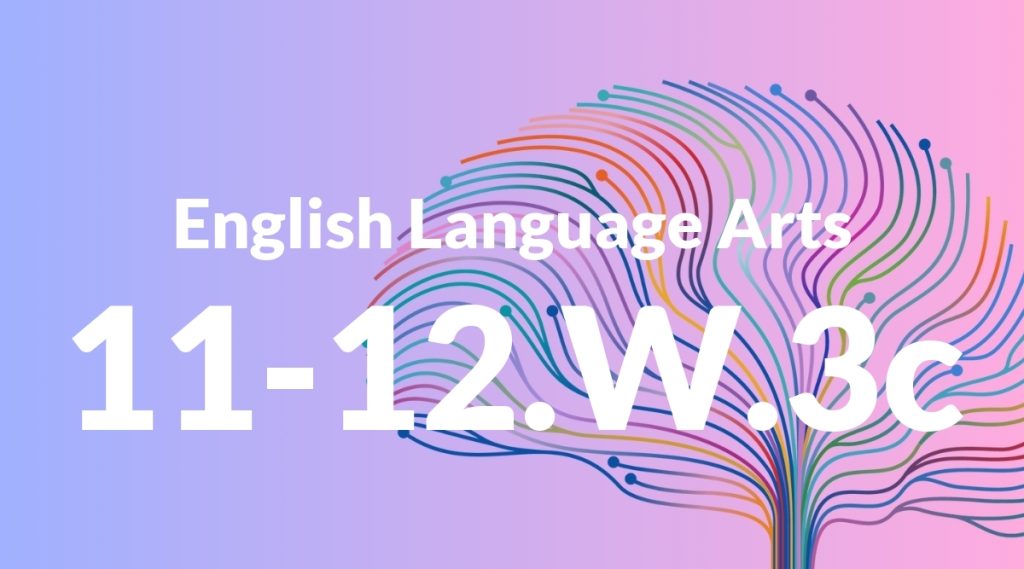Standard: 2.W.3 – Write narratives in which they recount a well-elaborated event or short sequence of events, include details to describe actions, thoughts, and feelings, use temporal words to signal event order, and provide a sense of closure.
Grade level: Grade 2
Subject: English Language Arts
Domain: Writing
Teacher Overview
This standard focuses on helping students write narratives that recount a well-elaborated event or sequence of events, including key details, temporal words, and a sense of closure. It is important because it builds foundational writing skills that are essential for effective communication and storytelling. Students should be comfortable with basic sentence construction and simple storytelling. They should have prior experience with verbally recounting personal experiences and using drawings to tell stories.
After mastering this standard, students will be able to write more complex narratives, incorporating dialogue and more intricate plot structures. They will also develop the ability to revise and edit their writing to improve clarity and coherence.
Common Misconception 1
Some students may think that a narrative only needs a beginning and an end, without any middle details. This misconception can lead to incomplete stories that lack depth and coherence.
Intervention 1
Use story maps and graphic organizers to help students plan their narratives. Encourage them to think about the beginning, middle, and end, and to include key details in each section.
Common Misconception 2
Another common misconception is that temporal words are not necessary for understanding the sequence of events. This can result in stories that are confusing and hard to follow.
Intervention 2
Provide students with examples of narratives that use temporal words effectively. Have them practice identifying and using temporal words in their own writing to improve clarity and coherence.
Prerequisite Knowledge
Students should be familiar with basic sentence structure, including the use of subjects and predicates. They should also have experience with simple storytelling, such as recounting personal experiences verbally or through drawing and labeling pictures.
Subsequent Knowledge
After mastering this standard, students will be able to write more complex narratives, incorporating dialogue and more intricate plot structures. They will also develop the ability to revise and edit their writing to improve clarity and coherence.
Instructional Activities
- Use story maps to plan out narratives.
- Practice writing short stories based on personal experiences.
- Create comic strips that include a beginning, middle, and end.
- Write journal entries recounting daily events.




